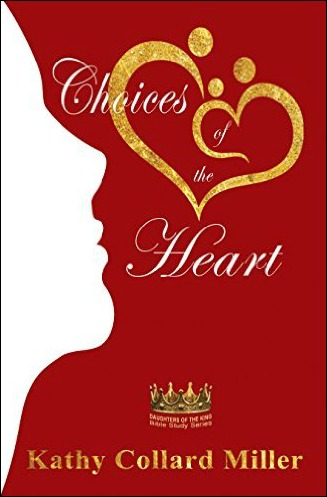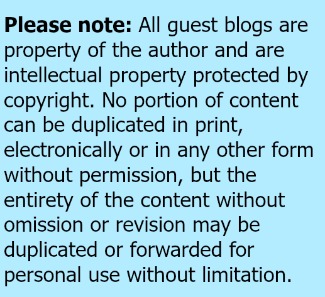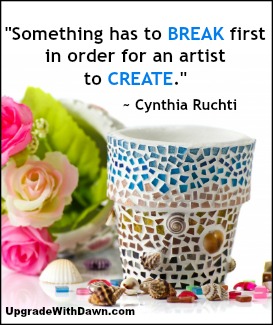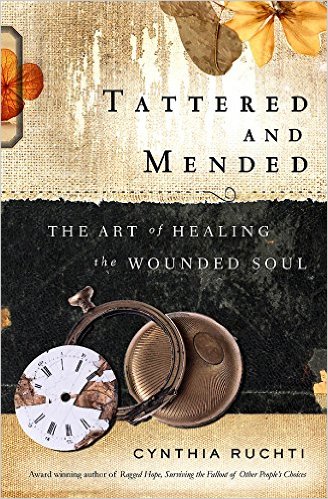Why Does Rejection Feel So Bad?
Kathy Collard Miller continually turns women to the Word of God to find truth to combat the lies they might believe. In this Spiritual Growth UPGRADE, she helps us focus in on the truth  about rejections.
about rejections.
"Rejection," Kathy says, "hits like an atom bomb in our soul."
Boom! I (Dawn) have felt the powerful impact of rejection over my entire life. But I've learned over the years how to counter the reality of rejection and my brokenness because of it—with God's truth. That's something Kathy' espouses too.
Kathy continues . . .
Recently I felt sick in the depths of my stomach and my soul when I felt rejected.
Personal rejection can be described as someone refusing to accept what we offer them or they believe something bad about us.
We feel attacked and misunderstood. It can be a very hopeless feeling.
Here are three points for hope.
1. We can understand where the feelings of rejection originated.
Rejection can bring up the lies we believed or felt about us in childhood. In that moment, we feel as if we’re back being that little girl or boy when we felt horrible, because we were attacked emotionally or physically.
It feels like all the resources and truth we know as adults about God are thrown out the window and we’re back to being voiceless, powerless, or without defense. The feelings are the same even though the situation is different.
In those moments, God offers hope through assuring us we aren’t the child any longer—thinking God isn’t there for us.
Instead, the truth is, God promises to be our refuge, help, protector, and give unconditional love.
We may not see evidence of that like we’d prefer, but by faith we can tell ourselves our loving Savior is “for” us and is defending us more than we realize.
2. Rejection most often comes because the other person feels threatened in some way.
Most of the time, she is reacting out of her own pain or even feeling rejected or worthless herself.
Even if we made a mistake or react in a hurtful way, she is responsible before God to offer grace because He has forgiven her for so much and He offers the strength she needs to make a wise choice.
But so many of us respond to and are responded to by others out of past wounds. Unfortunately, we take the person’s attack personally and blame ourselves.
Certainly we can take responsibility for our wrong choices but regardless, the other person is responsible for their response too. God wants to empower us to not take the attack personally but to offer an example of God’s grace of unconditional love. It is possible.
3. Rejection is the feeling of our worth and value being dismissed.
We believe the rejection is valid, because we believe the lie someone else believes: “She is worthless,” “He is stupid,” “She has nothing of worth to offer,” and many other lies.
But those are lies created by Satan against God’s beloved creation.
We must look primarily to God for who He says we are, not other people.
Not only were each of us created with God’s stamp of “good” at creation, even in our sin He demonstrates we are important and loved by Him through the sacrifice of His Son on the cross. That act determines we are never rejected or reject-able by God.
In the first chapter of Ephesians, He says the opposite of rejection.
He says we are:
- loved,
- forgiven,
- blessed,
- redeemed,
- accepted,
- adopted,
- and many other truths of our identity.
Only believing those truths will counteract the atom bomb going off in our soul and minds when we feel rejected.
Indeed, our audience of One—God Himself—is still seeing us “in Christ” regardless of another person’s opinions.
Jesus demonstrated that many times.
- Jesus refused to believe the rejection of His own family who believed Him crazy (Mark 3:21).
- Jesus didn’t respond to the rejection of the Pharisees, His own disciples, and even the betrayal of Judas and Peter.
He knew His identity as God.
Even as a human, Jesus depended on who His Father said He was.
That’s our challenge also.
Which point will you focus on the next time you feel rejected?
 Kathy Collard Miller is the author of more than 50 books including Choices of the Heart: Daughters of the King Bible Study Series. She is a popular
Kathy Collard Miller is the author of more than 50 books including Choices of the Heart: Daughters of the King Bible Study Series. She is a popular  women's conference speaker both nationally and internationally. Visit KathyCollardMiller.com. Kathy lives in Southern California with her husband Larry (of 45+ years). They have two children and two grandchildren.
women's conference speaker both nationally and internationally. Visit KathyCollardMiller.com. Kathy lives in Southern California with her husband Larry (of 45+ years). They have two children and two grandchildren.
Graphic adapted, courtesy of comfreak at Pixabay.
 1 Comment → Posted on
1 Comment → Posted on  Thursday, November 16, 2017 at 7:00AM
Thursday, November 16, 2017 at 7:00AM  Ephesians 1,
Ephesians 1,  Feelings of Rejection,
Feelings of Rejection,  In Christ,
In Christ,  Kathy Collard Miller,
Kathy Collard Miller,  Lies vs. Truth,
Lies vs. Truth,  Personal rejection,
Personal rejection,  Rejection,
Rejection,  Upgrade with Dawn,
Upgrade with Dawn,  Wounded Upgrade Your Life
Wounded Upgrade Your Life  Spiritual Growth,
Spiritual Growth,  Trials,
Trials,  Woman's Worth
Woman's Worth 






